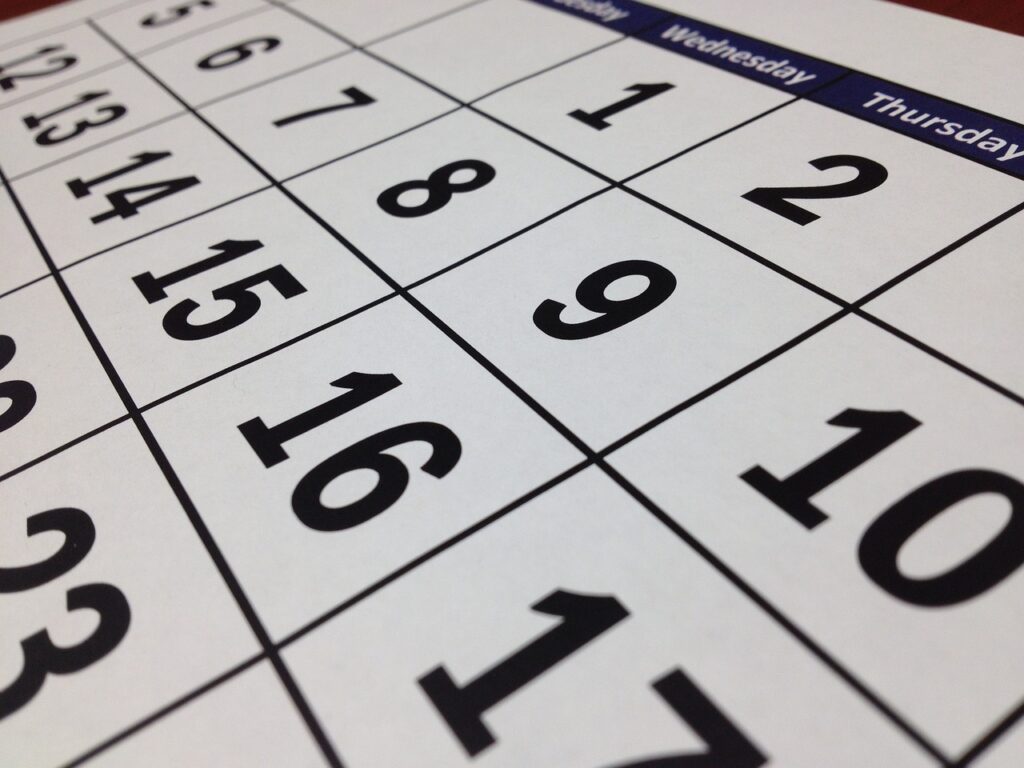Who doesn’t love a meeting? That was rhetorical. Sadly, many people dread them. “Yay! I have six meetings today!” said no one ever. But here are some thoughts about how to plan and manage effective meetings. Taking good care here will help you achieve your intended meeting goals and boost your personal professional brand as a person who effectively leads and gets things done.
State the meeting purpose
People like to know what they’re walking into. In fact, before they commit their time, they’re likely evaluating whether your request for their attention is worthy. So, communicate the objective of the meeting in your invitation and reiterate it at the start of your discussion.
Meeting objectives vary. Here are some examples: to inform and share information, to gather input for a problem or project, to ask for buy-in on an idea, approach, or program, to affirm progress on work they care about, to gather feedback, or to make a decision.
Once you begin thinking about meetings in terms of their objective first, you may realize you don’t need to schedule as many.
Stress-test your need for a meeting
If your objective does not merit a conversation, is there another way to do what you need and give time back to your colleagues? If so, send a report or summary by email. Record your presentation. Have your peers listen at a time of their choice. Send a survey or use the email vote function when feedback is needed.
Schedule the meeting well in advance
As if being in several hours of meetings each day isn’t enough. Booking meetings with only a few days or hours ahead of time risks annoying your colleagues. People are busy and your priority is likely not the only one on their mind. Show respect by giving them plenty of time to plan for or around your meeting. This also helps manage vacation or work travel time and will likely result in higher meeting attendance.

Stay organized during your meeting
Here are some things to help hosts feel confident and ensure participants are impressed by effective management and leadership.
- Ask a friendly colleague to review your plan and materials in advance. Solicit their feedback.
- Keep to a time-based agenda. Keep a list of topics that need to be parked or followed-up at another time.
- Begin with the stated meeting objective.
- If this is one of a series of meetings, provide a brief reminder of decisions-made and orient the group to the status (phase, time, etc.). It is helpful to keep consistent visual aids throughout the project.
- Mitigate any anticipated challenges.
Minimizing meeting challenges
| Some ways people struggle with meetings | Ways to alleviate the struggle |
| People are multi-tasking. Let’s call it what it is. They’re not paying attention. | Set ground rules. Ask if anyone might be distracted or called during the meeting. And if not, request that participants keep screens down and devices silenced. |
| People spend too much time in meetings, often blaming them as a cause for not getting other work done. | Keep to your agenda and be time disciplined. This demonstrates you respect their time and are only using what you absolutely need. Also, the meeting doesn’t have to be 30 or 60 minutes. If you only need 20 or 45, just schedule that and stick to it. Your attendees will appreciate the time, especially if they have back-to-back meetings. |
| The ways we meet have changed, especially as teams are mixed between in-office and work from home. Managing technology and audience engagement in multiple locations is very challenging. | If in-person is your primary audience, express gratitude for all attendees but speak to the audience in the room. Get a helper to monitor the questions and comments from the online participants. If most attendees are on screen, get a helper to manage the video application and facilitate comments and questions. |
Finally, remember that we all contribute to and create meeting culture. And we have more opportunities to do this as participants. We each set the tone for responsibility and engagement with one another. So, here are some tips for meeting attendees.
- Choose your meetings well. If you are invited to a meeting without context or believe you may not be the best person to attend, request an agenda or have a discussion with the organizer before accepting the invitation. If you still feel the meeting will not be productive, graciously decline.
- Prepare for meetings. Yes, meeting attendees need to prepare, too. Ensure you’ve done any requested pre-read or pre-work. Block your calendar so you have ample time to get to the meeting. Consider travel time, bio breaks, and mental pivots so you are comfortable and focused.
- Be attentive. Silent devices and put screens away. Be mindful of your body language – sit upright and keep eye contact.

Meeting host and attendee behaviors matter. They improve the likelihood of a meeting achieving its objective and signal respect and professionalism to your peers.
Final tip – creature comforts matter. Hosts, be mindful of your space. Ensure it’s the right size for your audience, has good lighting, and is a comfortable temperature. And hey – a nice treat is great, too!
Read more from Wild Plum on leadership topics:
Producing the ultimate first impression at your events (sound event logistics)
Exercising and exciting your teams creativity (things you can do to foster imaginations)
Communication is the heart of your strategic success (how effective communication enables strategy)